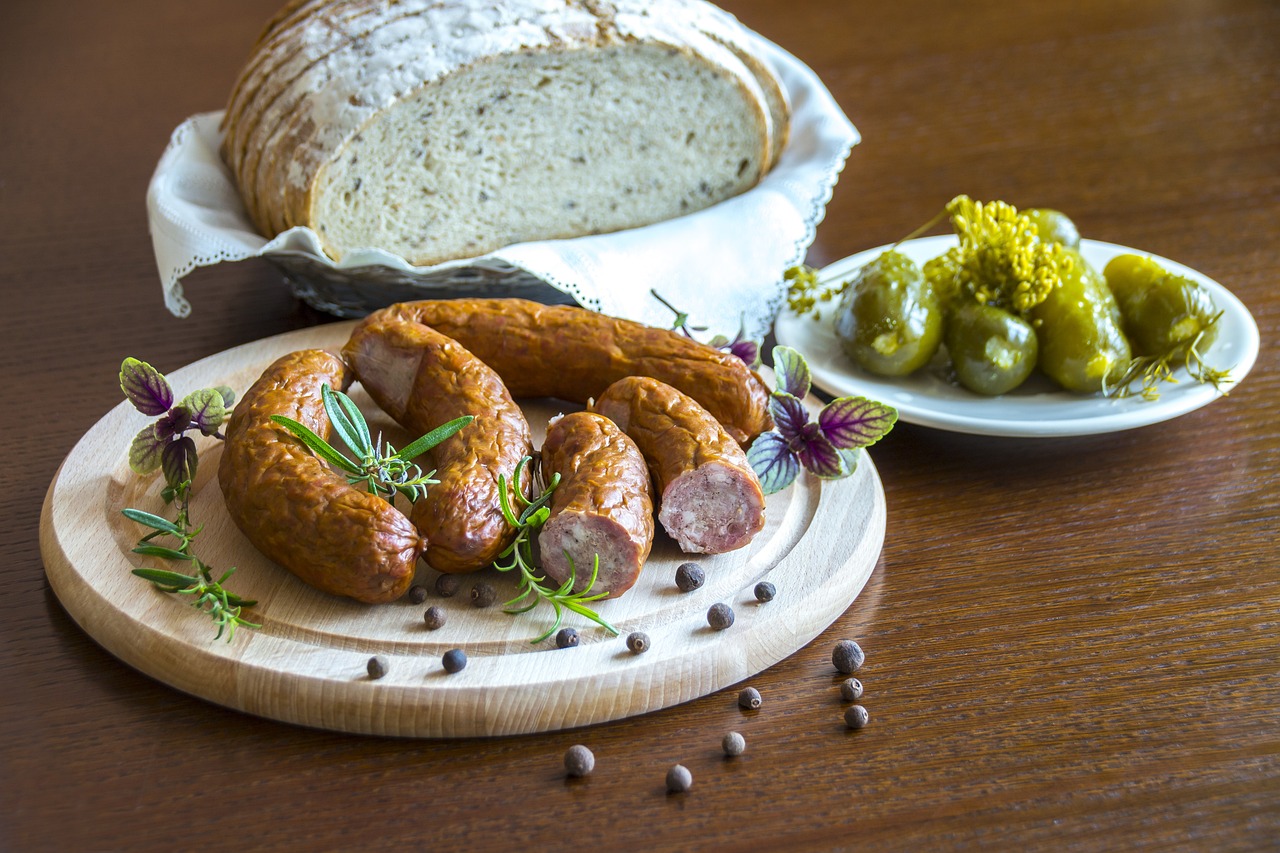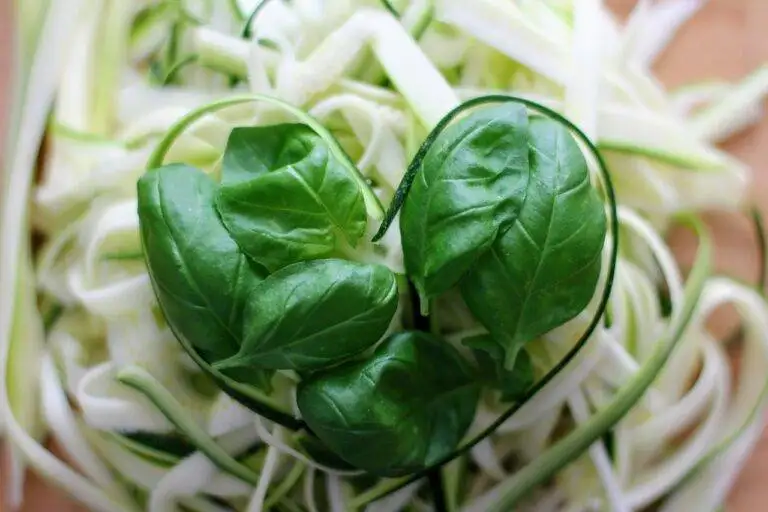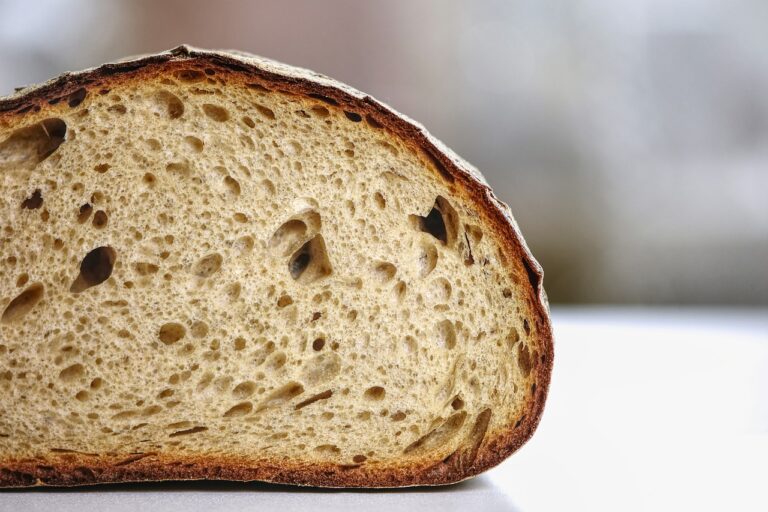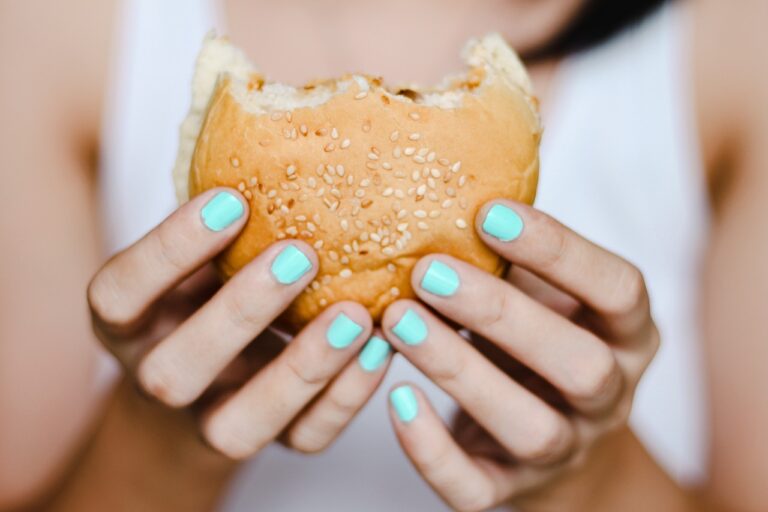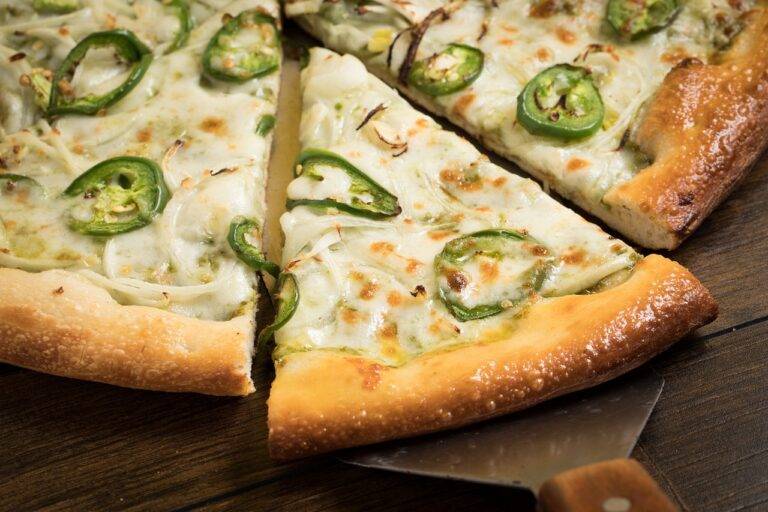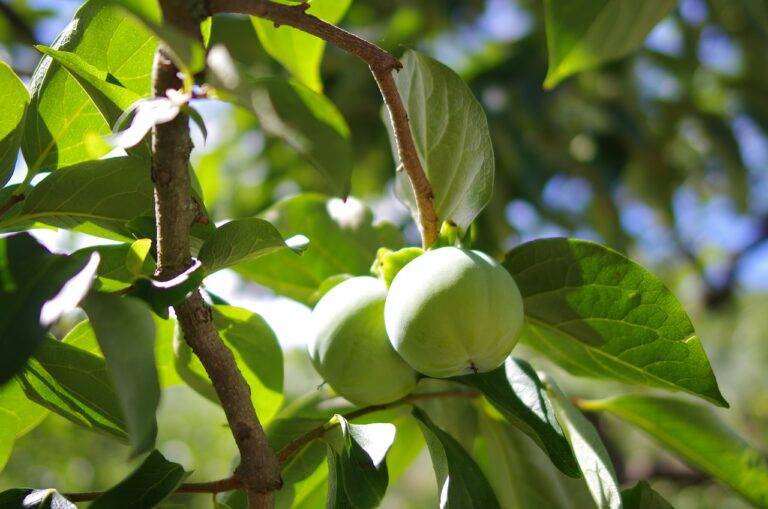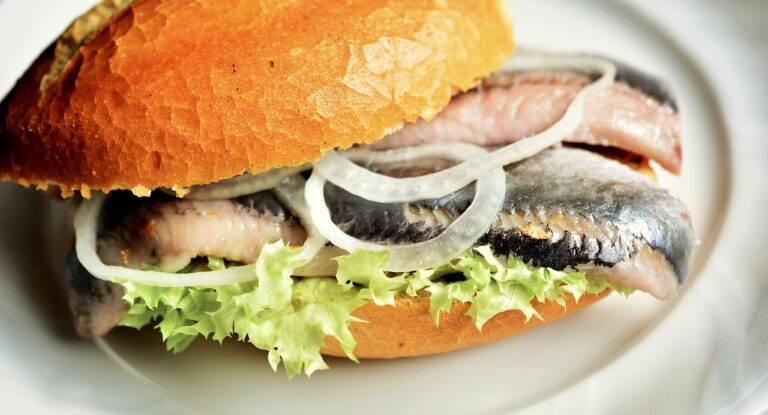The Science of Food Preservation: Traditional vs. Modern Methods
One of the most common modern food preservation methods is freezing. This technique involves lowering the temperature of food to inhibit the growth of microorganisms that cause spoilage. By freezing food, enzymes that can lead to the deterioration of quality are also slowed down, preserving the texture and flavor of the items. Frozen fruits, vegetables, meats, and even prepared meals can last for several months without significant changes in taste or nutritional value.
Another effective method is vacuum sealing, which removes air from the packaging of food items to prevent oxidation and the growth of mold and bacteria. By eliminating oxygen, the conditions for spoilage are reduced, extending the shelf life of the food. Vacuum sealing is particularly popular for storing meats, cheeses, and dry goods, as it helps retain freshness and flavor for longer periods. This method is commonly used in both homes and commercial settings to maintain the quality of various food products.
Drying
Drying is one of the oldest methods of food preservation, dating back thousands of years. It involves removing moisture from food to inhibit the growth of bacteria, mold, and yeast. This preservation technique is simple yet effective, extending the shelf life of various foods such as fruits, vegetables, meats, and herbs.
In the drying process, food items are typically spread out in a well-ventilated area or placed in a dehydrator to speed up the evaporation of moisture. By reducing the water content of the food, drying concentrates the flavors and nutrients, making the food lightweight and easy to store. Whether air-drying, sun-drying, or using specialized equipment, this traditional preservation method remains popular today for its ability to prolong the freshness of foods without the need for artificial additives.
Canning
Canning is a popular method of food preservation that involves sealing food in airtight containers. This process helps to prevent spoilage and extends the shelf life of various types of food. Fruits, vegetables, meats, and even soups can be effectively preserved through canning, making it a versatile technique for maintaining food freshness.
One of the key benefits of canning is that it helps to retain the nutritional value of the preserved foods. By sealing the food in airtight containers, vitamins and minerals are better preserved compared to other preservation methods. This makes canned foods a convenient and nutritious option for households looking to store food for longer periods.
What is canning?
Canning is a food preservation method that involves sealing food in jars or cans to prevent spoilage.
Why is canning a popular food preservation method?
Canning is popular because it helps extend the shelf life of food, retains nutrients, and allows for convenient storage and transportation.
What are the different methods of canning?
There are two main methods of canning: water bath canning and pressure canning. Water bath canning is suitable for high-acid foods like fruits and pickles, while pressure canning is used for low-acid foods like vegetables and meats.
How do I know if the food has been properly canned?
Properly canned food should have a sealed lid, no signs of spoilage (such as mold or off smells), and a safe storage location.
Can I reuse canning jars and lids?
Jars can be reused as long as they are in good condition (no cracks or chips) and the lids are not damaged. However, lids should not be reused as they may not seal properly after the initial use.
How long can canned food be stored?
Canned food can be stored for 1-5 years, depending on the type of food and the storage conditions. It is important to check for signs of spoilage before consuming canned food.

